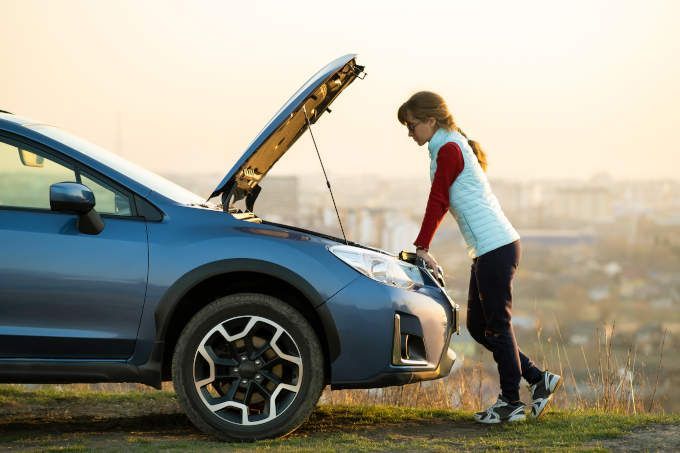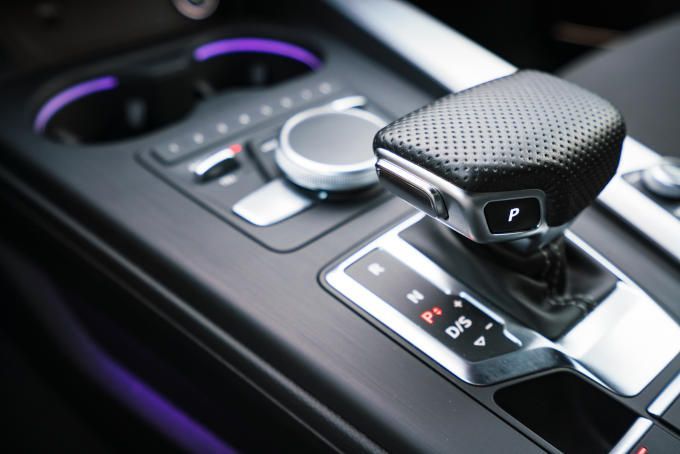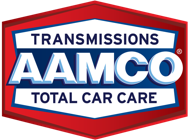9 Things You Should Never Do to a Car With an Automatic Transmission
Manual transmission is used for less than 2% of new cars. What does this mean?
More car buyers are choosing automatic transmission. And there’s a good reason why. Automatic cars are easier to drive and are beginner-friendly.
However, this doesn’t mean drivers shouldn’t take caution when driving an automatic car.
If you drive a car with an automatic transmission, avoid these 10 driving mistakes to keep your automatic car in good shape.
1. Not Using the Emergency Brake
If you park uphill, downhill, or are parked in an area where your car is vulnerable to any movement, you should always use the emergency brake. Not doing so can damage the parking pawl.
Those who drive a manual transmission vehicle know they should always use the emergency brake, no matter if they’re parked on a hill or on flat land.
But what about for automatic transmission vehicles? It’s still a good idea because it ensures the parking pawl won’t break, thus requiring repairs.
2. Leaving the Car in Drive When Sitting for Prolonged Periods of Time
Do you sit in your car while it’s still in drive? If you plan on sitting in your car for prolonged periods, put your car in park or turn it off altogether.
Keeping the car in drive when you’re not actively driving it can result in overheating.
An overheated engine can cause problems, from the cylinder head to the seals and gaskets. If the overheating is bad enough, it can cause permanent problems.
3. Leaving the Car in Neutral While Stuck in Traffic or Waiting at a Light
If you don’t suspect you’ll be driving for a while, such as waiting at a traffic light or getting stuck in traffic, you probably think it’s better to leave your car in neutral.
This is also a bad idea. Even though leaving your car in neutral could waste gas, it’s better for your car in these situations.
Leaving your car in neutral can result in transmission damage.
There are also safety concerns when leaving your car in neutral. For example, what traffic starts speeding up. Leaving your car in neutral minimizes the speed and movement of your car.
4. Putting Your Car in Neutral While Driving Downhill
In addition, you should never leave your car in neutral while driving downhill. As mentioned previously, driving in neutral minimizes the control you have over the car’s speed and movement. This is a serious safety issue.
So, what do you do if you’re driving downhill? Instead of using neutral, downshift manually using the 2 and 1 shifts. Learn to brake with the engine and don’t rely on the brake pads.
Always drive at a comfortable speed — the area should have speed limit signs to use as a reference.
5. Getting Water Into the Transmission
Water in the transmission, may cause irreversible damage to your transmission, as it may prevent your transmission gears from shifting.
If you suspect you have water in your transmission, contact your local AAMCO Center and have your vehicle checked immediately.
6. Shifting Into Park While Driving
Keep in mind, not all cars can do this. But with some, you can shift into park while you’re driving. Don’t ever do this, even while you’re crawling. Doing so can damage the break or the locking pin.
Many people do this error and not even notice it — for example, if they’re in a parking lot and quickly pull into a spot. Always stop the park firmly before putting it into park.
7. Using Two Feet While Driving
Are you one of those drivers who keeps your left foot on the brake and your right foot on the gas?
Drive with one foot instead. Driving with both feet is needed for a manual car. But you risk slamming both feet on the pedals or worse, using the wrong foot on the wrong pedal.
In addition, keeping a foot on the brake can result in applying extra pressure to the brake. This can result in reducing your car’s performance, wasting gas mileage, and can damage your brakes.
8. Not Stopping Before Switching From Reverse to Drive
Are you one of those drivers who quickly switches to drive from reverse? If you’re not fully stopped, this could damage your car. Depending on where you’re driving, this can also pose a safety risk.
This maneuver puts unnecessary pressure on your transmission. No matter if you’re driving or reversing first, always brake before switching gears.
What if you’re driving at a slow speed?
For example, you’re reversing out of a parking space and put your car into drive. While your safety may not be at risk, you should fully brake between changing gears to ensure the transmission isn’t harmed.
9. Keeping Your Gas Tank Low
It’s understandable — when gas prices are rising, it becomes impossible to fill up your tank. You may pay for gas in pocket change to ensure you have enough gas for the distance you’re driving. However, this is a serious mistake.
Your fuel gauge isn’t always an accurate indicator. Your car could just stop in the middle of the road. This is not only inconvenient but can turn into a safety issue.
Over time, this can also damage your car’s catalytic converter.
Always keep your tank at over a quarter way full and fill up your tank when it gets to the quarter line.
Does Your Automatic Car Need Servicing in Atlanta?
Are you having issues with your automatic transmission? If you’re in Atlanta, we can maintain your transmission to ensure you don’t run into any problems.
AAMCO has more than 60 years of experience servicing and repairing transmissions and has worked on more than 20 million vehicles. Customers rely on us for:
- Quality workmanship
- Superior service
- Best warranty coverage available
- Trustworthy, honest service
AAMCO Centers of the Atlanta metro and surrounding areas represents trust, quality and value.
Share




